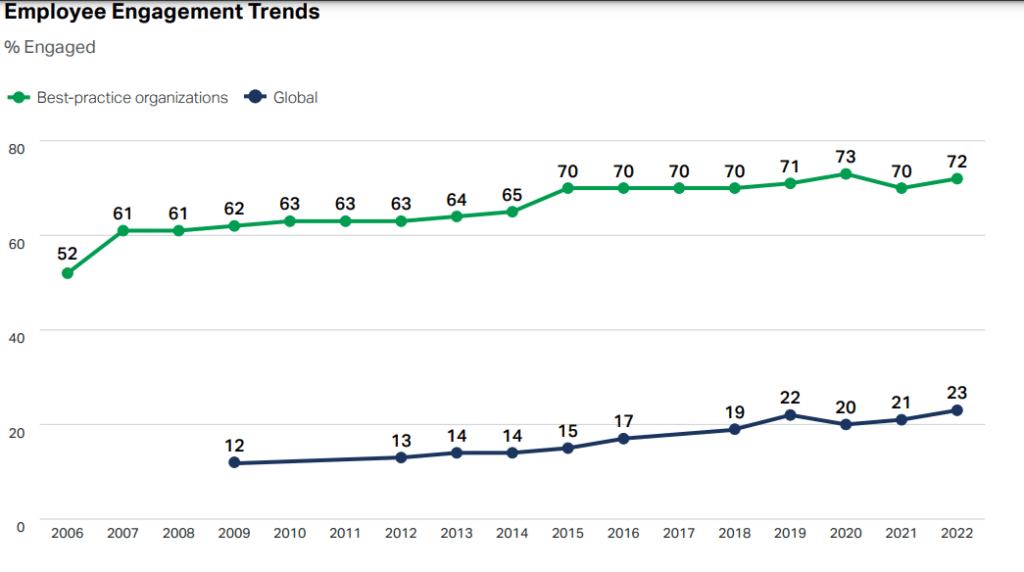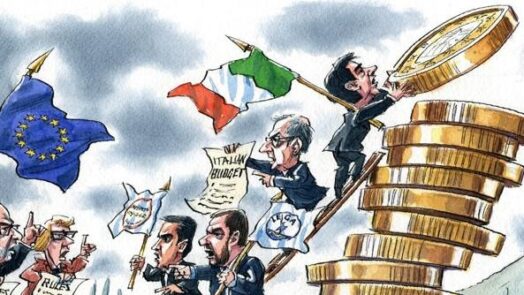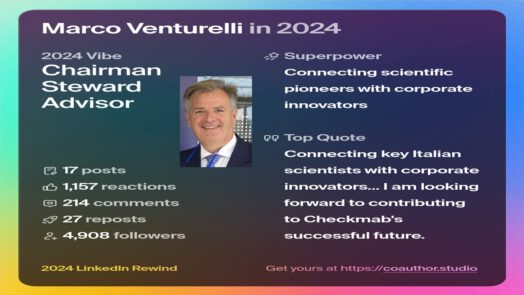Claudia Parzani: YES, I want to deal with happiness!

Caludia Parzani, Partner Linklaters, Chair Borsa Italiana S.p.A., Deputy Chair Il Sole 24 Ore S.p.A. was very clear and straightforward in her 2019 article on HBR Italia sustaining the need to invest in happiness at work. “How is happiness measured? Productivity growth, customer retention, increased sales, ability to attract and retain talent. In profitability. In competitiveness. In reputation.” The recipe is simple : ” Where does happiness in the company come from? We also know this. It was born like the one at home. It smells like cookies right out of the oven. It comes from attention, care, inclusion, sharing rules and values, conquered freedom, a clean and sincere intention behind every decision. From one simple and clear communication. From the possibility of speaking and being heard. From thanks received. From smiles. From kindness. From knowing how to count.” In a recent interview with Corriere della Sera Claudia Parzani is optimist and says that many companies have understood the importance of happiness at work and its impact: “today companies know how much employee unhappiness costs in terms of absenteeism, lack of motivation, unproductiveness and the ability to attract talent”
In its “State of the Global Workforce Report” about 2022 workers engagement and happiness, Gallupp states that: “Looking at the big picture, low-engagement workers represent an immense opportunity for economic growth. Gallup estimates that low engagement costs the global economy US$8.8 trillion and accounts for 9% of global GDP. Leadership and management directly influence workplace engagement, and there is much that organizations can do to help their employees thrive at work”.
Claudia Parzani would agree that happiness can be the engine of growth: “Think of a happy and unhappy day at the office – the difference is total. It means wanting to work with colleagues, perhaps inventing something new and better because you are more creative..”

There are two reasons why the Report can be read with the glasses of optimism: the first is that on a global scale the engagement of workers has never been so high 23% and the best run organizations could bring the percentage to more than 70% so to show that it can be improved.





